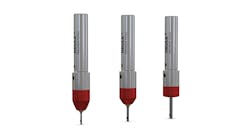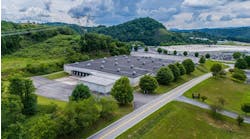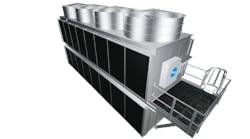BHP Billiton Ltd. isn’t “as inclusive or diverse as we could be,” Chief Executive Officer Andrew Mackenzie said in a statement on Thursday. BHP has a workforce of about 65,000, including contractors, of which 18% are female. Based on these numbers, its target would mean an additional 21,000 women employed by the middle of the next decade including both its own staff and contractors, according to Bloomberg calculations.
The $800 billion mining industry has long been a male-dominated business, with women even banned from working underground in some countries until recently. Men hold a majority of executive positions in resources companies, lagging behind other sectors. While the proportion is growing, female directors accounted for only 10.9% of miners’ boards on average in 2014, compared with more than 15% in consumer goods and services, according to a study by Women in Mining UK and PricewaterhouseCoopers.
“Without new initiatives it would take us 30 years just to get to 30 per cent female representation,” BHP’s Mackenzie said in the statement. “More must, and will, be done. And our 2025 aspirational goal is to achieve gender balance at all levels of the organization over the next decade.”
Out of BHP’s direct workforce of 27,000, women also account for 18%. The company says it’s seeking the target for direct employees and will encourage contractors to mirror the same balance.
Inclusion, Diversity
“Opportunities exist to work with our suppliers to align our supply chain processes with our inclusion and diversity aspirations,” BHP said in an e-mail. “We will work together with our supply chain partners to understand where we can create opportunities to support our commitment for inclusion and diversity.”
BHP will feature “counter-stereotypical images” such as women miners and young female leaders in its internal and external visuals, in a bid to attract and retain diverse talent, the company said. It will also seek to mitigate bias in its policies and processes, and develop flexible work options.
“The task itself is massive,” said Kate Hobbs, a senior consultant at First Principles Consulting Pty Ltd. in Queensland, whose clients include medium-sized mining companies in Australia. “To hit 50%, BHP is going to have to completely change the way they do business.”
Mining companies with gender diversity in their boards outperformed all-male boards in 2014 by 49% on the basis of the ratio of a firm’s enterprise value to its proven mineral reserves, according to the study by Women in Mining UK and PricewaterhouseCoopers. All-male boards also showed 92% more negative ratings on earnings per share.
“BHP finally announcing they have a formal target is fantastic,” said Hobbs, who chairs the Women in Mining network group at the Australasian Institute of Mining and Metallurgy. “It’s great to talk about it, but until people put specific initiatives in place, nothing’s going to change.”
Female Participation
Separately, Fortescue Metals Group Ltd., the world’s No. 4 iron exporter, will begin reporting progress on female participation in its workforce each quarter as it seeks to improve its gender balance, Chief Executive Officer Nev Power told reporters Thursday. Women currently account for 16% of the Perth-based producer’s staff, the company said in a statement.
“We are focused on reviewing all the areas of our business to make sure that we have very inclusive work sites, and that we are creating opportunities for women to participate,” Power said on a conference call. “We are looking at ways of increasing the pool that we have to recruit from, and also improving our recruitment and selection processes.”
by Ann Koh and David Stringer, Bloomberg










